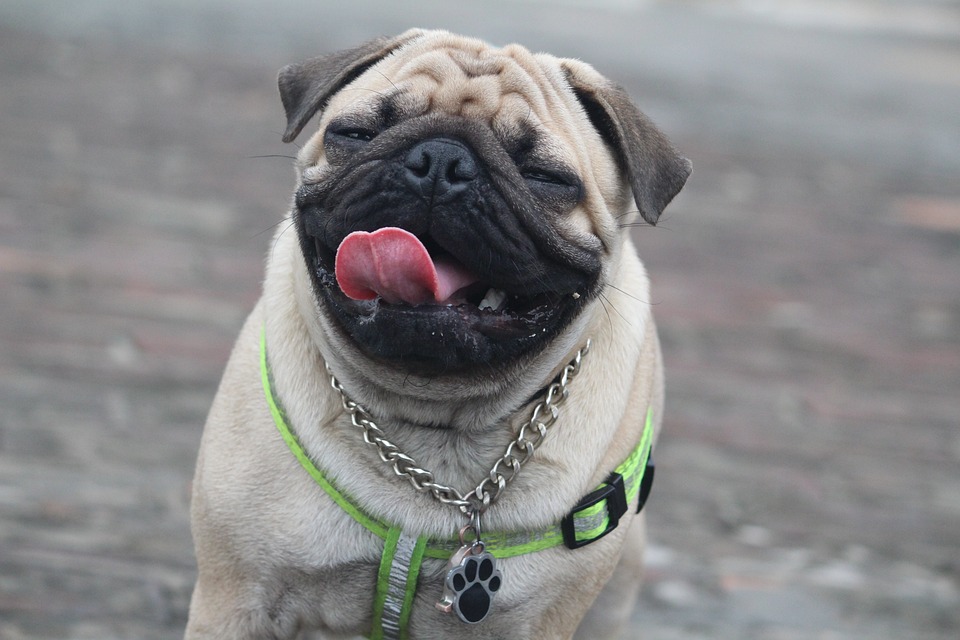*Disclaimer: The information in this article is for informational purposes only and is not intended to replace professional advice. Always consult with a qualified dog trainer or behaviorist for personalized guidance.*
If you’re a dog owner looking to deepen the connection with your canine companion and improve their overall behavior, capturing is a technique you need to know about. Capturing is a positive reinforcement method that can be used to enhance play and engagement during dog training sessions. By understanding and utilizing this technique effectively, you can unlock a whole new level of communication and cooperation with your furry friend. In this article, we’ll explore the ins and outs of capturing and provide valuable insights on how to use it to your advantage.
**I. Understanding the Concept of Capturing:**
Before diving into the practical aspects, it’s crucial to grasp the concept of capturing in dog training. Capturing involves rewarding your dog for voluntarily performing desired behaviors or actions. Instead of actively commanding or guiding your dog, capturing focuses on observing and reinforcing their natural actions or choices. By acknowledging and rewarding these behaviors, you can encourage their repetition and strengthen the bond between you and your pet.
**II. Benefits of Using Capturing in Dog Training:**
1. **Enhancing Engagement:** Capturing helps create a positive association with training sessions, making them more enjoyable for your dog. By allowing them to freely engage in behaviors they naturally exhibit, capturing motivates your furry friend to actively participate in the training process.
2. **Strengthening the Bond:** Through capturing, you’re able to establish trust and cooperation with your dog. By rewarding their voluntary actions, you build a connection based on mutual understanding and respect.
**III. Incorporating Capturing into Playtime:**
1. **Choose the Right Moment:** Observe your dog during playtime and identify behaviors that align with the desired action you want to reinforce. For example, if you’re working on teaching your dog to sit, capture the moment when they naturally sit down during play.
2. **Use Verbal Cues:** Accompany capturing with a verbal cue to associate the behavior with a command. For instance, say “Sit!” each time you capture your dog sitting. This helps them learn to associate the action with the verbal command.
3. **Instant Rewards:** To reinforce the captured behavior, provide an immediate reward such as a small treat or verbal praise. This helps your dog understand that their action is desirable and encourages them to repeat it in the future.
**IV. Frequently Asked Questions (FAQs):**
1. **Can capturing be used for any behavior?** Capturing is most effective for behaviors that dogs naturally exhibit, such as sitting, lying down, or offering a paw. It may be less suitable for complex or specific actions that require active guidance.
2. **Is capturing suitable for all dog breeds and ages?** Yes, capturing can be used for dogs of all breeds and ages. However, it may require more patience and observation with younger puppies who have shorter attention spans.
3. **How long does it take for capturing to show results?** The time it takes for capturing to show results varies depending on the dog and the behavior being reinforced. Some dogs may catch on quickly, while others may take longer. Consistency and positive reinforcement are key.
4. **Can capturing be used alongside other training methods?** Absolutely! Capturing can complement other training methods such as shaping or luring. It’s important to adapt your training approach based on your dog’s individual needs and preferences.
**Conclusion:**
Capturing is a powerful tool that can transform your dog training experience. By incorporating capturing into playtime and rewarding your dog’s voluntary behaviors, you can strengthen the bond with your furry friend and encourage active engagement in training sessions. Remember, patience, consistency, and positive reinforcement are essential for success. So grab those treats, observe your pup, and start capturing those special moments that bring you closer together. Happy training!
*Note: Remember to consult a professional dog trainer or behaviorist for personalized advice and guidance tailored to your specific dog’s needs.*









